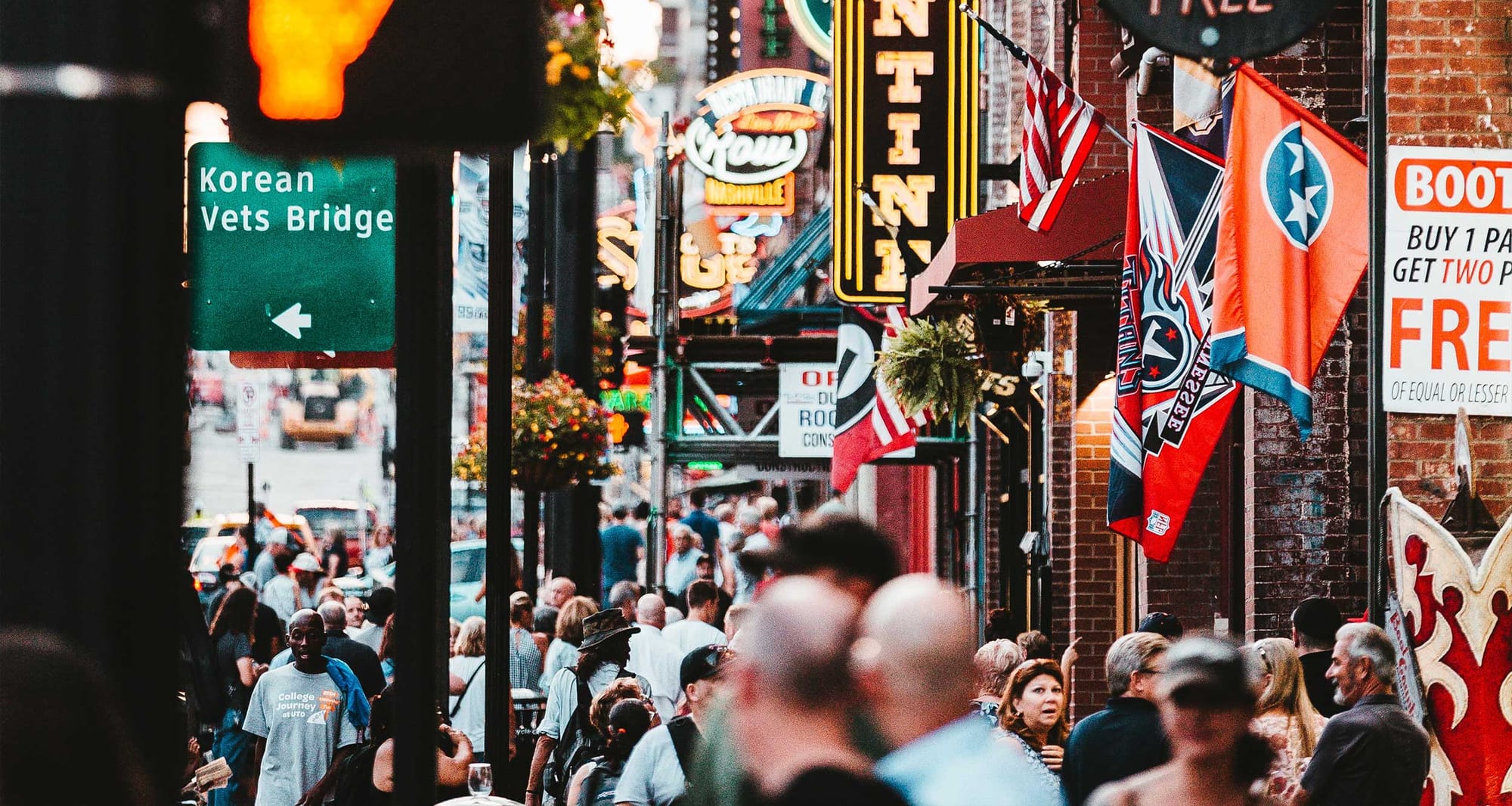
With a trip to Nashville, visitors have the opportunity to tour the Country Music Hall of Fame, watch a performance at the Grand Ole Opry, explore a replica of The Parthenon in Centennial Park and bar hop on Broadway. That is just the tip of the iceberg — Plan your Music City itinerary with this guide to wheelchair accessible attractions in Nashville, where you can enjoy all the South has to offer.
Visit the Country Music Hall of Fame
The Country Music Hall of Fame and Museum first opened to the public in 1967, in a small building on Music Row. With the growth in popularity of the genre, the Hall of Fame was forced to construct a new building in Downtown Nashville, which currently measures some 350,000 square feet.
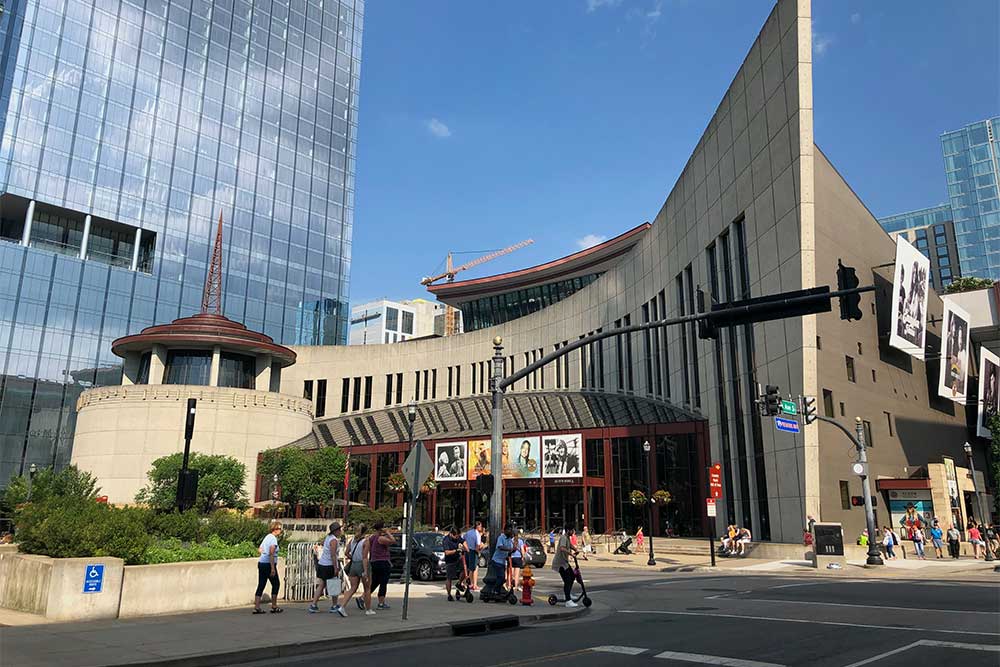
The museum and Hall of Fame are wheelchair accessible throughout, and contain ADA accessible bathroom facilities. Memorabilia spanning the entire history of country music is on display in the museum galleries, and visitors should plan to allot at least two hours to complete a self-guided tour.
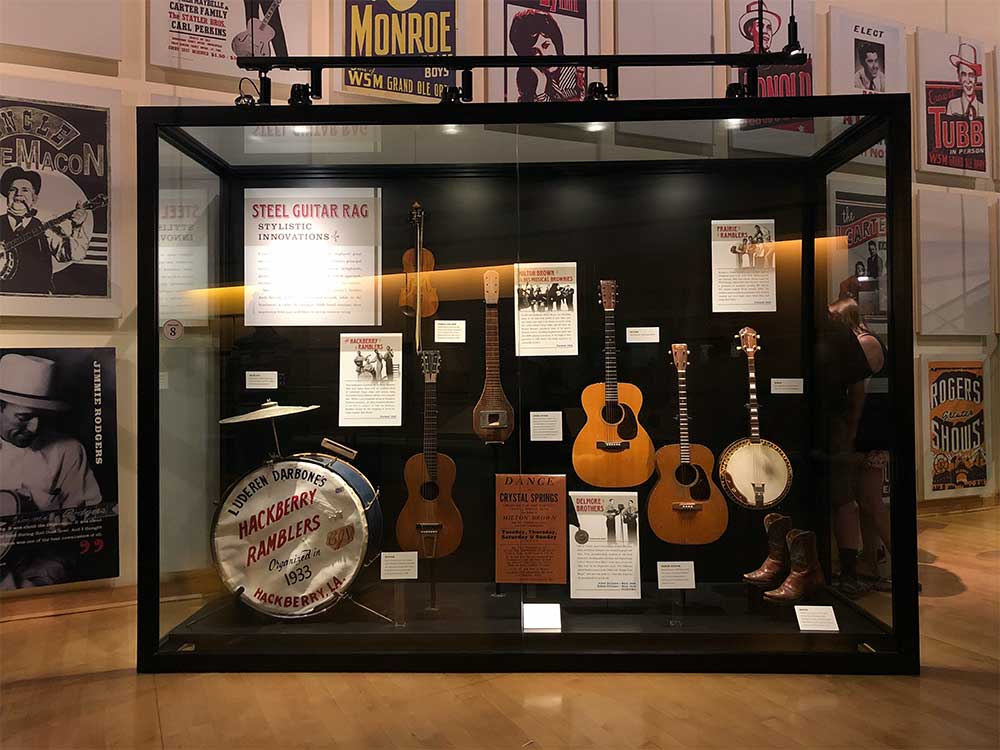
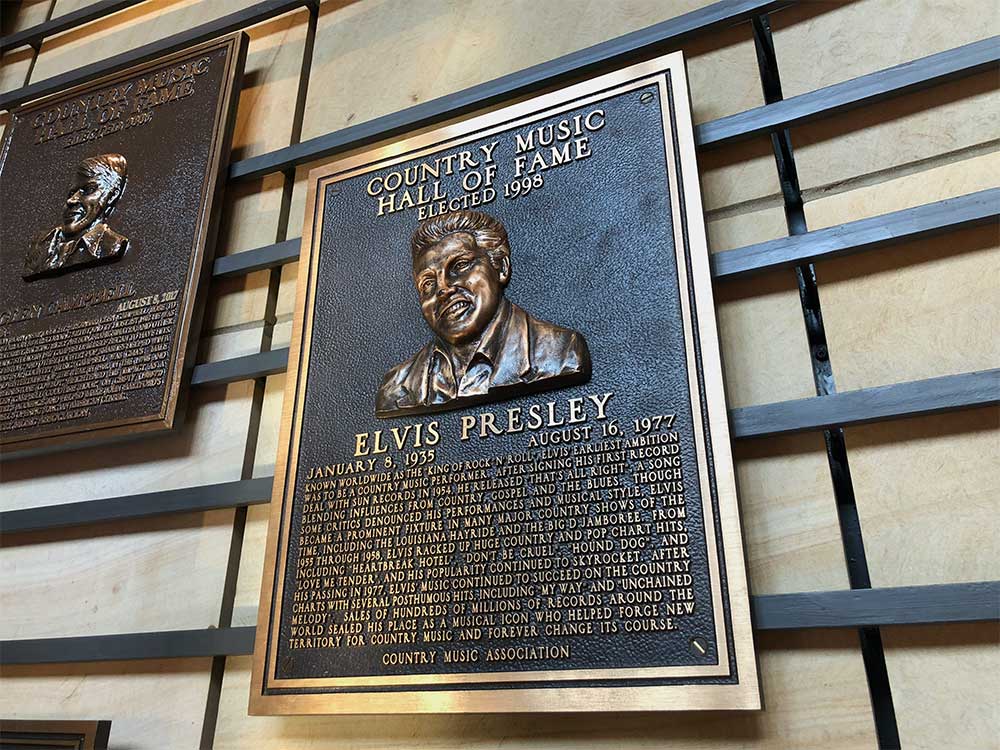
Memorabilia on display includes instruments, lyric and music sheets, clothing, posters and even motor vehicles! The museum is very interesting, even for those of us who may not be the biggest fans of country music. You’ll learn about the wide variety of country music acts including, apparently, Elvis Presley, who is enshrined in the Hall of Fame.
The cost of general admission is $25.95 for adults and $15.95 for youth ages 6-12. Children ages 5 and under are admitted free. Discounts for seniors, military and students are available, but only at the box office. A number of premium experiences are available as well, with information provided on the museum website.
Create posters at Hatch Show Print
Hatch Show Print is a design shop known for creating poster prints for country music artists and shows. It says of its history, “For 140 years, Hatch Show Print has married events with art—for headliners from Johnny Cash to Jason Isbell, Patsy Cline to Paramore.” It is now located at the Country Music all of Fame.
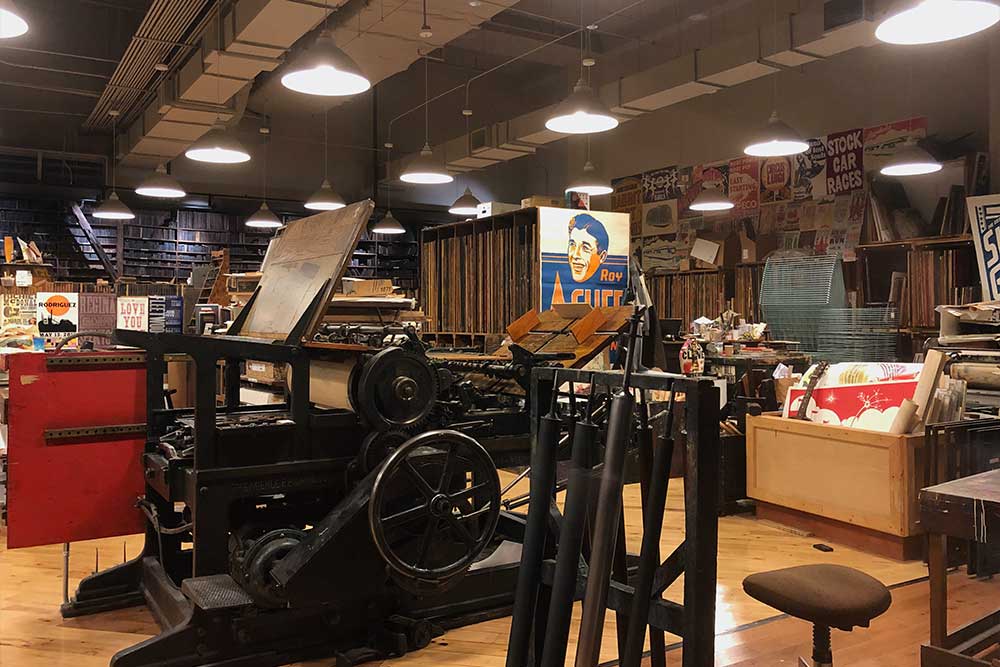
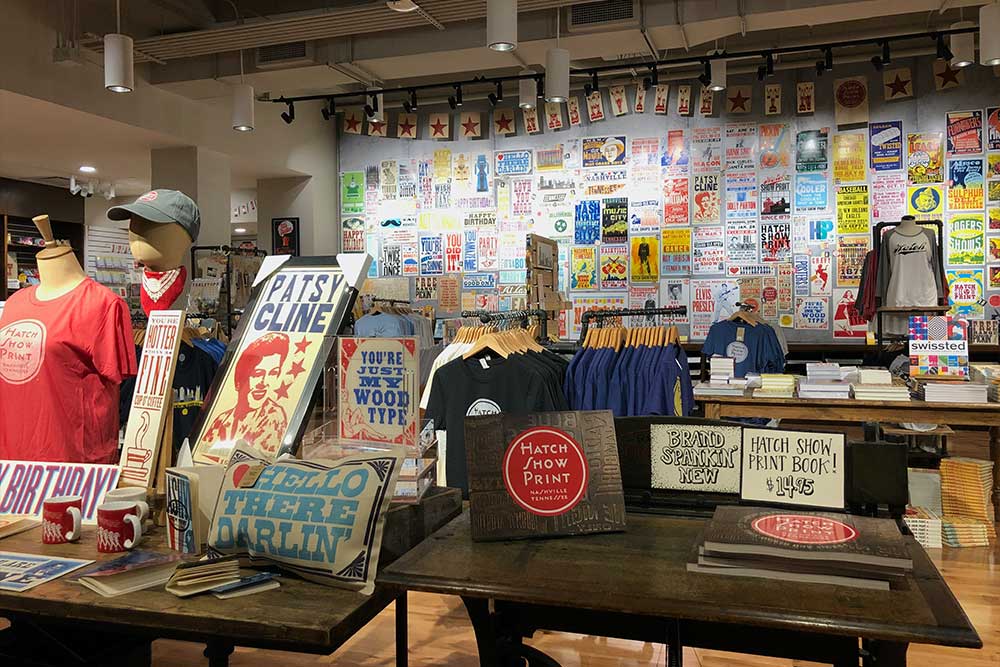
Visitors can take part in a tour of the print shop’s gallery of previous work and create a take-home poster for $20, or they can do as I did — peer through the glass window and buy a souvenir at the shop. For more information on tours, visit HatchShowPrint.com.



